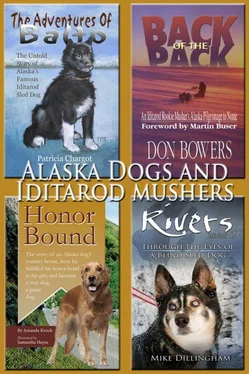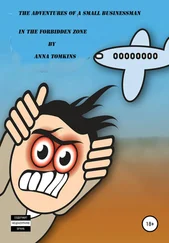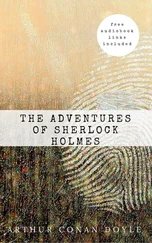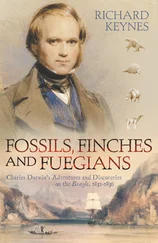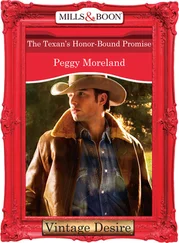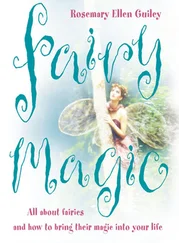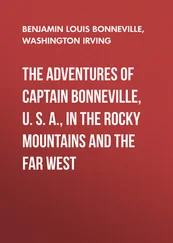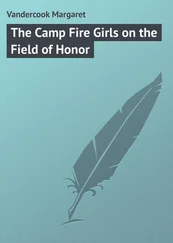And the agents came through with an eight-day contract to show the dogs in Bellingham, Washington — for $1,500, a whopping sum back then — about $14,500 in today’s dollars. The city wanted the famous musher to drive the team down main street — on hard pavement!
The team was soon traveling across the country by train — to Kansas City, Kansas, for 10 days, where Sepp and the dogs paraded through the streets and appeared at a ball park and a livestock show; to Dayton, Ohio, where they appeared at the city’s largest department store and attended a banquet held in their honor. From Dayton, the team visited 50 small Ohio towns — in a truck decorated to look like an Eskimo igloo! They were a big hit. At each stop, Sepp gave a short talk in the town square on the serum run and life in Alaska.
The team’s popularity seemed to precede them from town to town, growing and picking up momentum like a snowball rolling downhill. In some towns, the crowds were so large the police had to be called in to prevent the dogs from being trampled.
Everywhere they went, Sepp and the dogs made friends and had fun — in Grand Rapids, Michigan, where they appeared at another department store; in Detroit, where they staged a short race on Belle Isle, the city’s emerald green island park; in Providence, Rhode Island, where one of the younger dogs almost met disaster when he accidentally jumped off the roof of a five-story building. Fortunately, he landed unharmed on a fire escape one story below.
But the stops were a mere prelude. The real reason Sepp had made the long, dangerous trip was to appear at Madison Square Garden — and not merely to drive the team around the ice arena between hockey games.
Togo was to be formally decorated in a special ceremony for his part in the serum run. The world’s greatest sled dog was to receive a gold medal from Roald Amundsen, the world’s greatest living explorer — before a crowd of 20,000 people. Sepp would be vindicated (VIN-dih-kay-ted), or set free from the wrongs that had been committed against him. The hurt and anger that had tormented him for so many months would be buried forever under an avalanche of adoration. Balto’s role in the serum run would be forgotten. It was little Togo that America would remember.
Chapter Eleven
Kaasen, Go Home!
Roald (ROW-ahld) Amundsen was one tough dog biscuit. Like all Norwegians, as a boy, he had read stories about the ancient Viking explorers. Like many of them, he had imagined himself as a Viking, standing at the prow of a ship with both ends curved upwards and a sea serpent for a figurehead.
But Amundsen took the fantasy further. At age 14, he decided to become an Arctic explorer when he grew up and secretly started to train for his first expedition. To toughen himself for the perils of polar travel, he would leave his bedroom windows wide open on winter nights — against his mother’s wishes. While she slept, he would stand in front of the windows and expose his bare chest to the fierce Arctic winds whipping through the silent streets of Oslo, the Norwegian capital.
The young Amundsen also began eating his own leather boots and bones salvaged from the kitchen garbage! His hero, the great British explorer Sir John Franklin, had once survived for three weeks on such rations on an unsuccessful attempt to zigzag across the top of the world in a ship. Amundsen wanted to see whether he could survive on the same hard-to-chew fare — in case he, too, someday faced starvation on his own search for a Northwest Passage.
In 1905, when he was just 33, Amundsen did discover a navigable passage between the northern Atlantic and Pacific oceans — in his ship, the Gjoa. He and his men did suffer from hunger on the long journey, though they didn’t have to eat bones or their boots! Amundsen also was the first explorer to reach the South Pole — in 1911 by dog sled, though most of his dogs died on the trip. (Don’t ask.)
So when Amundsen visited the United States in 1927, he was a living legend, a modern-day Viking revered everywhere he went. He was also a commanding presence, even an intimidating one. Years of polar hardship had weathered his massive face into a blob-like, leathery terrain of deep crevices and pocked hollows. He looked at least 30 years older than his actual age — 55 — but then he had looked 66 when he was 33!
But behind the severe exterior was a warm, wise and caring human being. Amundsen had been well-liked — even loved — by the many men who had followed him on expeditions. They felt he understood and respected their thoughts and feelings. And Amundsen had an uncanny ability to anticipate their needs — to know when they needed to rest, eat, get going, mourn, celebrate.
Amundsen also knew what it felt like to be upstaged. In 1926, he and a young American, Lincoln Ellsworth, had led an air expedition from northern Europe over the North Pole and west to Alaska. When the airship landed, Amundsen and Ellsworth left for Nome to telegraph their feat to the world. But their brash Italian navigator, Umberto Nobile, beat them to it — by ordering the airship’s radio operator to tell Nome — and the world — that it as he who had triumphed. Nobile soon joined the two expedition leaders in Nome, and the three men traveled to Seattle, where Nobile appeared in his spiffy Italian army union. He was swarmed by the press, stealing the spotlight from the expedition’s real leaders, Amundsen and Ellsworth, who were dressed in heavy winter clothes. He looked like a celebrity; they looked like everyone else from Nome — common frontiersmen.
Nobile later traveled across the country on a lecture tour, claiming credit for the air expedition everywhere he went. The tour was so successful, in fact, that it almost capsized Amundsen’s plans for a similar tour.
So Amundsen knew how Seppala probably was feeling on the eve of his Madison Square Garden appearance: He was worried that Kaasen and Balto somehow would again steal his and Togo’s spotlight.
Amundsen and Seppala had been good friends for more than 15 years — since Amundsen’s first visit to Nome to buy sled dogs for an expedition to the North Pole. He bought a team of Seppala’s Siberian huskies, including Togo’s father, Suggen. But the expedition was scrapped when Admiral Robert E. Peary reached the Pole first in 1909. Seppala agreed to take the dogs back, and the two men remained friends.
Now, it was December 1926 and the two friends were about to meet again. Amundsen was in Chicago, where he had just given another lecture. By coincidence, Kaasen and Balto were in Chicago, too, appearing at yet another Vaudeville theater!
Amundsen was set to board a train for New York, where he was to present Togo with his medal. On his way to the station, he stopped by the theater and followed Kaasen backstage after the show. The much younger Kaasen was understandably awed by his much more famous fellow countryman and listened carefully to what he had to say.
Amundsen gently but firmly told Kaasen to go home to Nome, that it was time to get out of Seppala’s way. Kaasen left the next morning, stranding the dogs and bringing the Vaudeville tour to a screeching halt.
Chapter Twelve
Does Anyone Want Seven Brave Dogs?
With Kaasen gone, the dogs had no one to tell their story. With no story, our heroic huskies were, well, just seven cute but mute dogs. The theatrical agency that had booked them on their long Vaudeville tour was miffed. As far as it was concerned, it now had no act. The dogs didn’t do any tricks, after all. And so many people already had seen them that their fame had dimmed; audiences wanted something new.
Who owned the dogs? Was it Seppala? Was it the theatrical agency? Was it Kaasen, who could have bought the dogs from Seppala with money from his earnings as a Vaudeville presenter? Was it Lesser, as one book on Seppala, written in 1930, claims? Lesser’s son, Bud, who was alive when this book was written, insisted his father never owned the dogs. We may never know. What is known is that at some point after Kaasen left for Nome, the dogs were sold to a man named Sam Houston and ended up in a Los Angeles dime museum, one of the lowest forms of entertainment in the United States at that time — or ever.
Читать дальше
